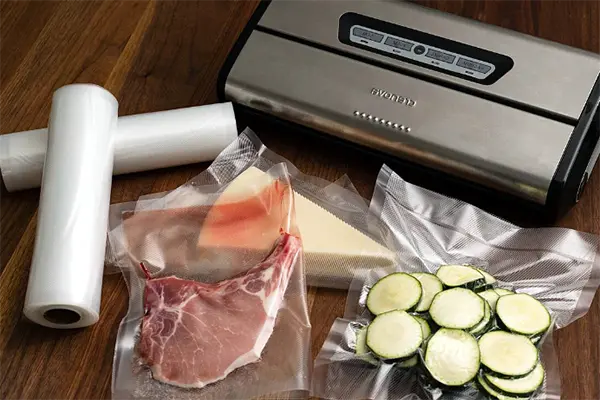The Evolution of Food Vacuum Packaging Technology: A Closer Look
Have you ever marveled at how your favorite snacks or the freshest of meats manage to stay fresh for what seems like an eternity? The magic, my friends, lies in the wonders of food vacuum packaging technology. This nifty innovation is not just about keeping our food safe from the meddling hands of air and moisture; it’s a story of technological evolution, environmental consciousness, and a testament to human ingenuity. Let’s dive into the evolution of food vacuum packaging technology.
From Seals to Suction: The Early Days
Vacuum packaging, in its most basic form, is like giving your food a space suit. It’s all about removing air (which contains oxygen, moisture, and all sorts of bacteria-loving goodies) from the equation, thereby extending the shelf life of food products. The journey began in the early 20th century, although back then, it was a far cry from the sophisticated methods we see today. Initial methods were rudimentary, involving glass jars and heat seals. It wasn’t until the 1940s and 1950s that plastic films and bags began to make an appearance, revolutionizing the way food was preserved.
A Vacuum Revolution: The Rise of Modern Packaging
The Plastic Era
As we ventured into the latter half of the 20th century, the introduction of durable, flexible plastic materials changed the game. This era saw the birth of vacuum sealers that could handle plastic bags, making the process more efficient and accessible to both industries and households alike. The 1970s and 1980s were particularly groundbreaking, as technological advancements allowed for the mass production of vacuum-sealed products, bringing longer-lasting freshness to the average consumer’s doorstep.
Going Green
Fast forward to the 21st century, and the conversation around vacuum packaging started to shift. It wasn’t just about keeping food fresh anymore; it was also about doing it in an environmentally friendly way. The development of biodegradable and recyclable materials for vacuum packaging became a priority, reflecting a broader societal push towards sustainability. Today, companies are continuously innovating to find the perfect balance between preserving food and preserving our planet.
Smart Packaging
But wait, there’s more! The latest trend in vacuum packaging technology is all about incorporating smart features. Think QR codes that give you a sneak peek into the journey of your packaged food, from farm to table, or sensors that alert you when the food is about to go bad. The possibilities are endless, and the aim is clear: to make food safety and quality non-negotiable, while also enhancing the consumer experience.
What Lies Ahead?
The future of food vacuum packaging technology is as exciting as it is uncertain. With ongoing research into more sustainable materials, smarter packaging solutions, and even the potential for packaging that can actively enhance the flavor or nutritional value of the food it contains, we’re on the cusp of a new era.
In the world of food preservation, vacuum packaging technology has proven to be a true game-changer. From its humble beginnings to its current status as a staple in food safety and sustainability, its evolution is a testament to human ingenuity and our relentless pursuit of improvement. So, the next time you tear open a vacuum-sealed package of your favorite food, take a moment to appreciate the journey it has been on. It’s not just about keeping air out; it’s about bringing freshness, flavor, and innovation in.
As we look to the future, it’s clear that the evolution of food vacuum packaging technology isn’t slowing down. It’s not just about extending shelf life anymore; it’s about creating a sustainable, smart, and sensory experience that meets the needs of consumers and the planet alike.
Post time: 04-02-2024


